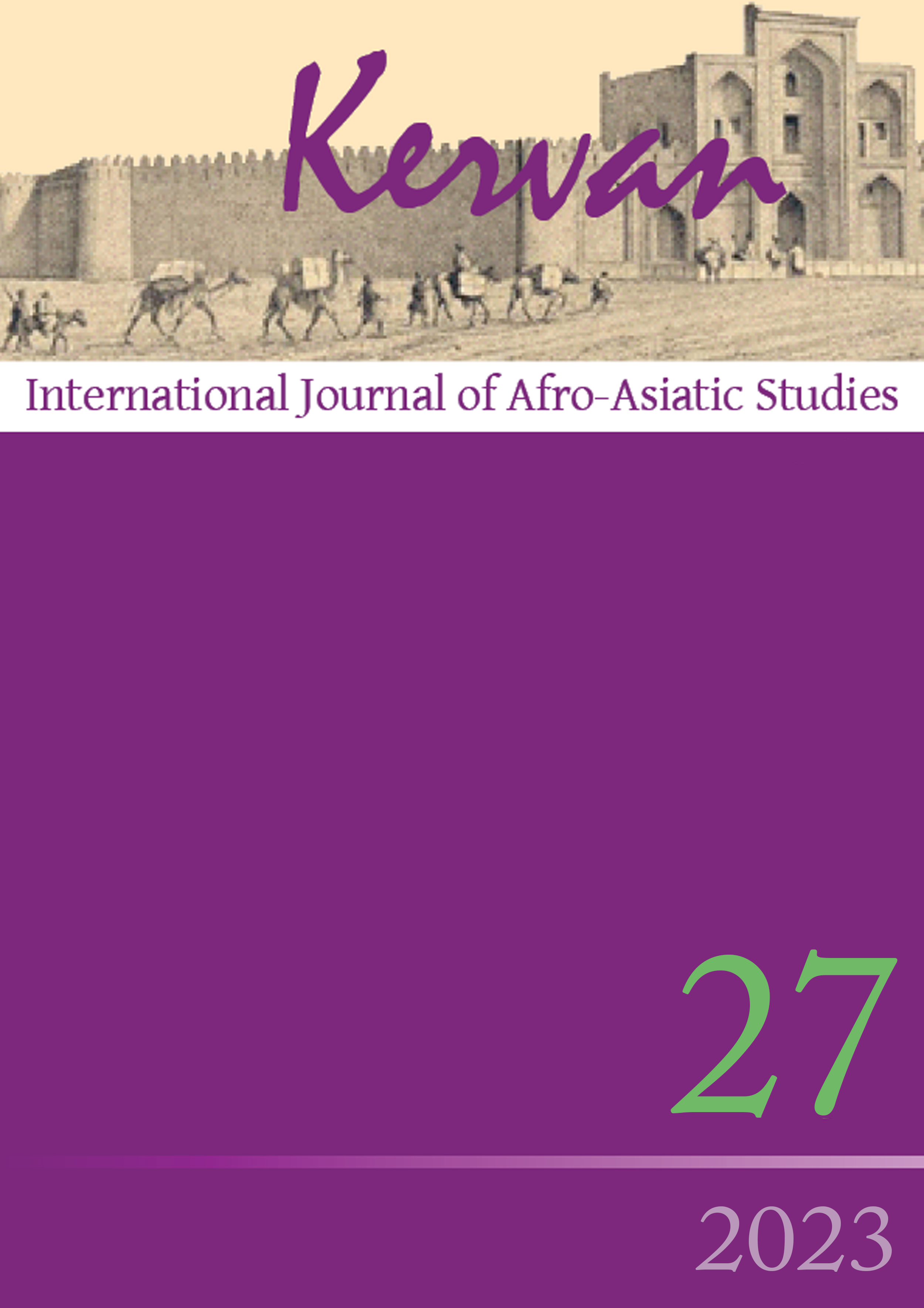Allegory, trauma and an unfinished revolution in Kitāb al-Naḥḥāt by Aḥmad ʿAbd al-Laṭīf
DOI:
https://doi.org/10.13135/1825-263X/7700Abstract
After the Arab Uprisings and the dramatic consequences of the protests in Egypt, Egyptian novelists produced an abundant number of literary works that deal with the dynamic and complex reality after 2011. Most of these works chronicle complex back stories which reflect national and individuals' crises in the society of the last few decades. This article focuses on Kitāb al-Naḥḥāt (2013); “The Sculptor's Bookʼʼ) by Aḥmad ʿAbd al-Laṭīf and argues that, though it reads and feels like a surreal or fantastic narrative, its events point allegorically at the political and social reality of Egypt in a circuitous and urgent manner. Thus, this article looks at how allegory (Benjamin 1928, Jameson 1986) can help to shed light on the literary treatment of political violence, historical collective trauma and argues that reading ʻAbd al-Laṭīf ‘s novel through a lens of trauma theory enables us to perceive the profound critique of the political Egyptian arena post 2011 as proposed by the writer. The article points out three traumatic tropes: absence, indirection, and repetition. The analysis of literary devices such as fragmentations, alienations, and nightmares will highlight the persistent aching pain and the insidious trauma of the protagonists. Moreover, addressing the main formal and stylistic features of the novel offers a chance to study the changes that may reverberate in narrative forms and symbolic meanings in Egyptian literature post-2011.
Downloads
Downloads
Published
Issue
Section
License
Gli autori che pubblicano su Kervan accettano le seguenti condizioni:
- Gli autori mantengono i diritti sulla loro opera e cedono alla rivista il diritto di prima pubblicazione dell'opera, contemporaneamente licenziata sotto una Licenza Creative Commons - Attribuzione che permette ad altri di condividere l'opera indicando la paternità intellettuale e la prima pubblicazione su questa rivista.
- Gli autori possono aderire ad altri accordi di licenza non esclusiva per la distribuzione della versione dell'opera pubblicata (es. depositarla in un archivio istituzionale o pubblicarla in una monografia), a patto di indicare che la prima pubblicazione è avvenuta su questa rivista.


 The articles that have appeared on Kervan since 2016 are rated as Class A in the system of National Scientific Qualification (ASN, disciplines 10/N1 and 10/N3).
The articles that have appeared on Kervan since 2016 are rated as Class A in the system of National Scientific Qualification (ASN, disciplines 10/N1 and 10/N3). The journal has been approved for inclusion in DOAJ. The DOAJ listing of the journal is available at
The journal has been approved for inclusion in DOAJ. The DOAJ listing of the journal is available at  The journal has been approved for inclusion in ERIH PLUS. The ERIH PLUS listing of the journal is available at
The journal has been approved for inclusion in ERIH PLUS. The ERIH PLUS listing of the journal is available at  Kervan was just accepted for indexing in SCOPUS. This important milestone ensures that articles published in Kervan are easily found when searching for library, archives and Information science and it enables Kervan authors to keep track of how often their article has been cited by others.
Kervan was just accepted for indexing in SCOPUS. This important milestone ensures that articles published in Kervan are easily found when searching for library, archives and Information science and it enables Kervan authors to keep track of how often their article has been cited by others.

